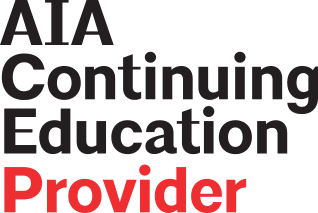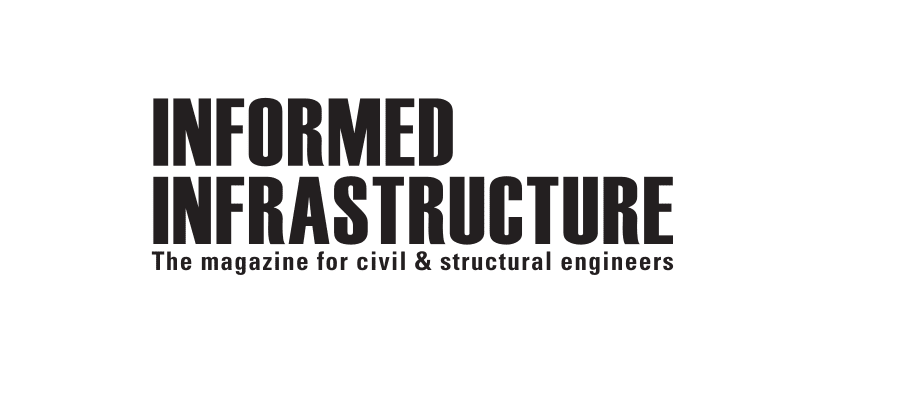Solving Infrastructure Challenges through GIS and Civil BIM (Archived Webcast)
Originally Aired September 17th, 2020. This webcast has expired
AEC firms are tasked with the engineering, construction and management of our critical infrastructure. They have historically been challenged to bring CAD, BIM and GIS together to improve the waterways, roadways, and infrastructure we require to live our lives. These data, applications and professional expertise have been siloed, limiting the productivity, accuracy and collaboration of project teams.
Radical transformation of the working environment is changing the way AEC firms deliver work to their clients and to their community. Work processes are becoming more digital with growing demands for productivity and a distributed workforce. AEC firms that are able to adopt digital workflows to plan, design, build and operate will thrive. Others will fail!
With the ArcGIS platform AEC firms are able to easily obtain, share, and analyze data, saving time and resources. ArcGIS improves coordination and efficiency, brings AEC projects to life through geographic context, and enables teams to engage and collaborate.
AIA Course ID: WebA09172020
View Course
Free Registration Required or Existing Members Can Log In




